The leopard seal thrives in one of the most inhospitable habitats on Earth. These skillful hunters may look cute but they are one of the most fearsome predators of the seas around Antarctica and near the top of the food chain. Don’t miss these 10 interesting facts about this fascinating creature.
1. The leopard seal shares its spots with its feline namesake
Also known as the sea leopard, the leopard seal has several features in common with the big cat. Its coat is grey rather than golden, but its name is due to the myriad black spots on its coat which help it camouflage with the environment.
2. The leopard seal diet is unique
The leopard seal’s favourite prey is warm-blooded. It likes to eat the various species of penguins that inhabit Antarctica and the subAntarctic islands where it lives. Unlike other members of the pinniped group of mammals (seals, sea lions and walruses), they also feed on other seals, including the smaller crabeater, Antarctic and Weddell seals also found in this region. And while penguins have adapted to survive in Antarctic climates, these do not protect them from the leopard seal which likes to eat them too.
3. The leopard seal is the second largest species of seal
Female seals, which are larger than males, grow to an incredible 11.5 ft (3.5m) and weigh up to 1,000lbs (455 kg). The only seal larger than the leopard seal is the Southern elephant seal, which gets its name from its trunk-like snout, rather than its size.
4. It has adapted to become a remarkable hunter
The claws along the edges of its front fins and its sharp, 1.5 inch (2.5 cm) canine teeth give it its status as of one of the most feared predators in the seas surrounding Antarctica.
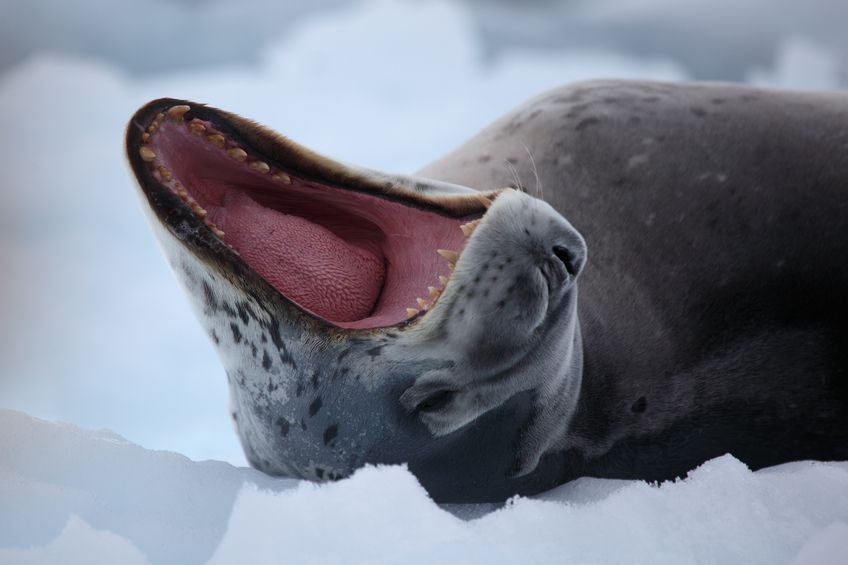
It plucks fish and squid from the water and seabirds floating on the surface with its powerful jaws, while its long, thin body is streamlined to propel it through the water at speeds up to 25 mph (40 kph) in pursuit of prey.
5. Leopard seals are ferocious, solitary animals
Not known as sociable animals, the only time these mammals are normally seen with others of the same species is between November and March when the breeding season sees groups of leopard seals collecting on the sea-ice. They are solitary creatures but can be witnessed by visitors on adventure trips and cruises to Antarctica.
6. But they’re not the fiercest Antarctic predator
While they are certainly formidable, there are only two known leopard seal predators: killer whales and sharks. As a result, the leopard seal life cycle is long and they can live up to 26 years – also a reflection of their robust capacity to withstand the notoriously harsh conditions of Antarctica.
7. Scientists don’t really know why leopard seals “play” with their food
The leopard seal’s favourite types of penguin, which include gentoo, king and emperors, have more to fear than just a hungry leopard seal. It has been known to cut off penguins’ routes back to shore and taunt them in a game of cat and mouse while it chases its prey around the water.
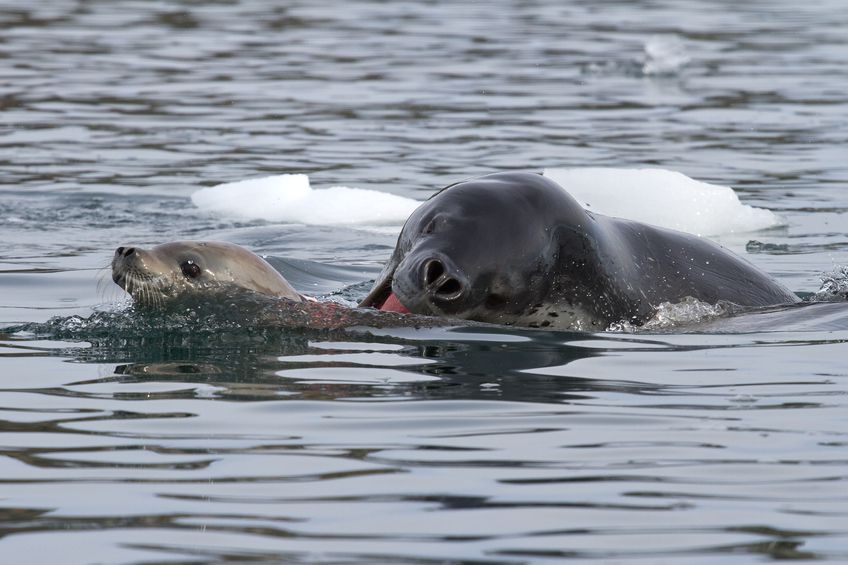
Scientists are still unsure why they do this, but believe it could be a way for younger animals to sharpen their hunting skills.
8. The leopard seal likes to sing
During the austral summer, leopard seals are known to spend hours every day singing beneath the waters. Hanging upside down and rocking from side to side, adult males have distinctive calls which they reproduce in unique sequences and which are believed to form part of their breeding behaviour.
9. It can be very dangerous to humans
While few serious interactions between leopard seals and humans have been recorded, in 2003 a biologist with the British Antarctic Survey was tragically dragged 200 ft. (61m) underwater to her death by a leopard seal.
10. Its behaviour can also be surprising
In 2006, photographer Paul Nicklen for National Geographic was documenting leopard seals in the Antarctic and, rather than being attacked as he scuba dived around the animals, ended up being “nurtured” by a female who brought him live and then dead penguins. Nicklen believed the leopard seal viewed him as a “useless predator” and was attempting to help him learn to hunt.
Sail to the Seventh Continent on an Antarctic Cruise to visit Antarctica and witness the leopard seal and other fascinating cold-climate wildlife species in the flesh.
2 comments
26 November, 2016 8:01 am
[…] worked hard to help us understand more about the seventh continent. While it remains a place of unique wildlife and stark, inhospitable stretches of ice where much is still unknown, what we do know is utterly […]
13 December, 2016 3:19 pm
[…] Learn more about leopard seals on the new Australis blog Facts About this Predator of the Southern Ocean. […]



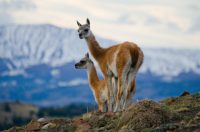
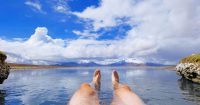
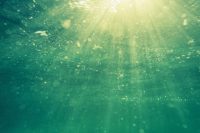
Leave a comment